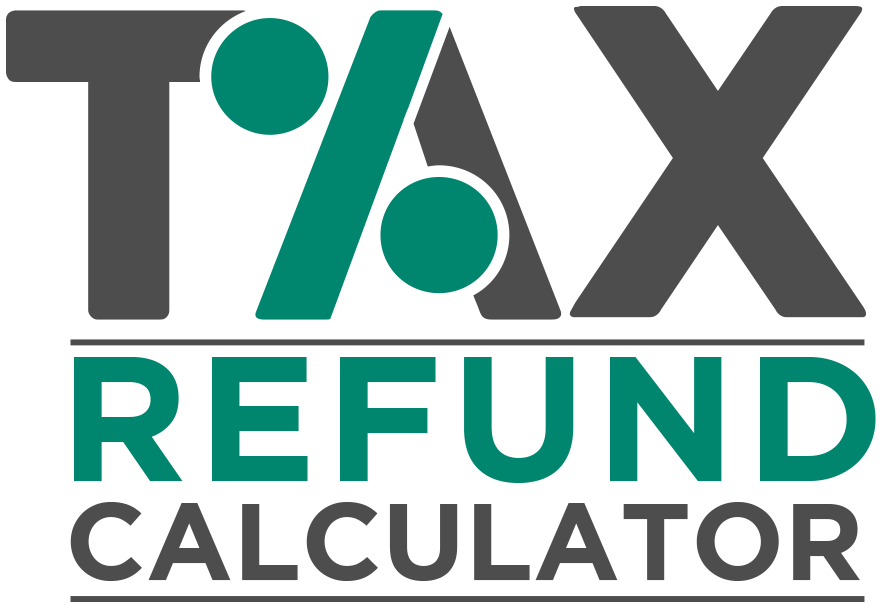
Everything You Need to Know about Tax Rebates and Refunds
Whether you’re filing your tax return or enlisting a tax preparer to do it for you, it’s crucial to stay informed about some essential concepts in tax filing. After all, you want to be paying the right amount of taxes. You will also want to receive a reimbursement for those taxes from the government if you have overpaid.
Tax filing can be a complicated process, especially when dealing with tax rebates and refunds. Both pertain to lowering your tax liability but are different in several key ways, including how your taxes are reduced and how to file for them. They are similar in that they both involve filing with your state and federal governments, but the process for each is different.
In this article, we’ll guide you through the fundamentals of tax rebates and tax refunds. Read on below to get started.
More about Tax Rebates
Taxpayers claim tax rebates as part of their filing. They are filed as tax returns, and once they are filed, they are also subsequently processed. Once tax rebates have been processed, they are credited to the investor’s bank account. However, it should be noted that some tax rebates are processed immediately while others are processed later. It is up to the investor to check for the status of his tax rebates.
Besides, some tax rebates can be claimed by filing for them within a certain period of time. Once the period for claiming tax rebates expire, the investor cannot claim for them anymore.
Tax rebates differ from one country to another. With that being said, it is not strange to find that a tax rebate in one country is different from that of another country. Tax rebates in other countries are different in terms of how much they are worth, how they can be used, claimed, or processed.
More about Tax Refunds
Let us assume you have paid £3000 income taxes in a year, and during the tax year, 20% is deducted from your salary for taxes, then your tax refund is £600.
If you have paid more than what is owed to the government, you will return this as a tax refund. This tax refund is usually sent to the person by cheque or in the form of a deposit to the taxpayer’s bank account. A tax refund can be filed on the taxpayer’s behalf by their employer. After tax returns and receipts are filed with the tax office, the Tax office will send the tax refund by cheque.
The method to get a tax refund varies from country to country. Each country has a designated date for filing a tax refund, and it is the taxpayer’s responsibility to file the tax return before the due date.
Working with Tax Preparers
Tax preparers are people you hire to take care of your tax returns when it’s filing season. Most tax preparers have a high school diploma or a GED, and many have college degrees and other professional certifications. Many pay for continuing education to keep up with changes in the tax laws and the industry. Many employers of tax preparers require their employees to have a minimum level of certification and continuing education.
Tax preparers play a vital role in helping the average taxpayer to understand their tax liability and plan their tax liabilities according to their situation. Keeping track of tax rules such as exemptions, credits, and filing deadlines provide maximum returns to their clients.
Conclusion
Tax rebates and refunds are different because the former can be claimed as soon as a taxpayer files their tax returns, while the latter is obtained at a later date. If you don’t have the time to file your tax returns yourself, you can hire a tax preparer to do it instead—for a fee.
Tax Refund Calculator lets you calculate your tax refunds in the UK. We understand how difficult it can be to find the exact amount, so our tool is simplified and will help you know of it sooner. Contact us today to learn more!

